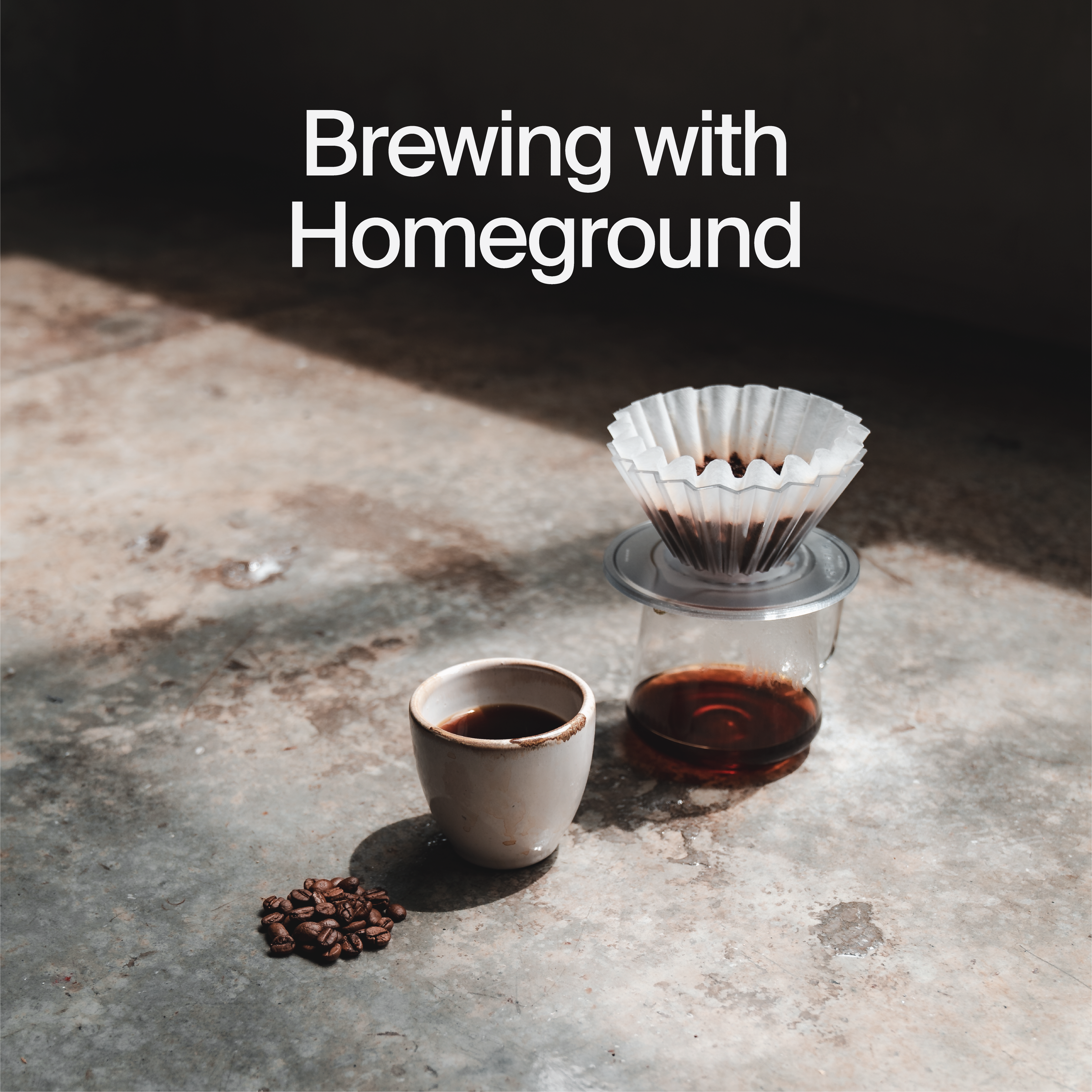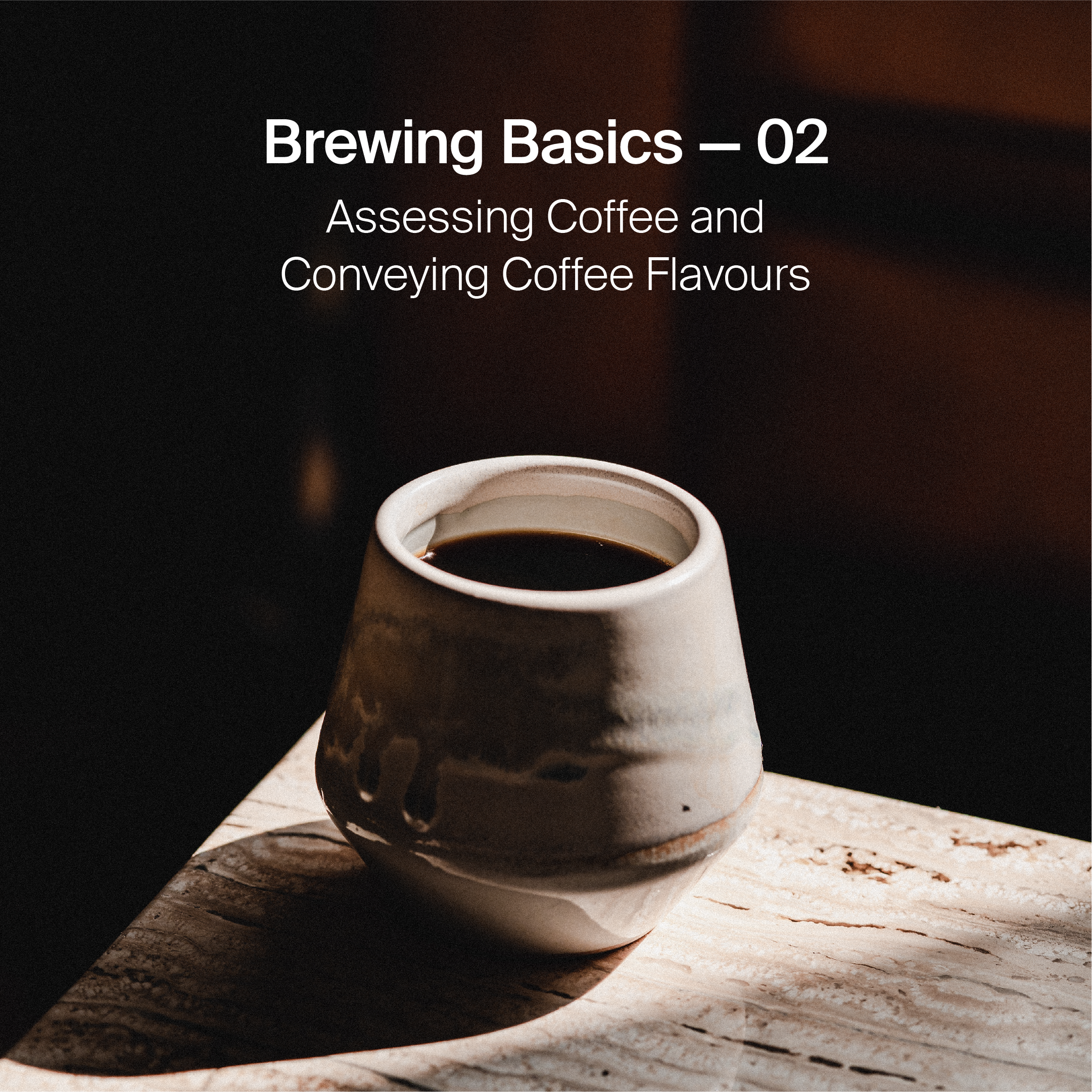Learn coffee brewing with Homeground Coffee Roasters through 2 professional barista lessons. From basics to advanced techniques, master your perfect brew with expert guidance.
Milk coffee beverages come in many forms — the traditional latte, flat white, and cappuccino each carry their own distinct differences. The flat white generally is served with little to no foam, while the latte comes with a layer of foam of approximately 1cm, and the cappuccino typically with even more foam than that.
However,coffees are recently increasingly categorised by beverage size , and it is also commonplace to expect a well patterned latte art on the cup when served. Similar sized beverages require similar levels of foam conducive for latte art, and as such, it appears that the differences between these three milk coffee beverages are slowly being blurred into one.
In Uniformity Lies the Ratio
With growing emphasis on latte art when serving coffee, the level of foam resulting from milk steaming becomes increasingly uniform, essentially at the optimal level for pouring latte art. And as this milk steaming process becomes more and more uniform, what stands to benefit is a more consistent ratio of coffee to milk in the drink. At the same time, it also becomes one of the main attributes that we would vary when it comes to deciding how to serve a white coffee.
This thought is best summarised by a video by Seven Miles Coffee Roasters featuring Josh Robertson, aptly titled: “The Flat White, Latte & Cappuccino have become the same thing (and why it doesn't matter)”.
This philosophy of serving coffees by sizes is something that Homeground Coffee roasters has long practiced since our inception, serving hot coffees in different cup sizes (4oz and 6oz), as well as prioritising the ratio of ice to coffee to milk that are served in our iced coffees. For optimal taste in hot coffee, the ratio for coffee to steamed milk is often 1:4 to 1:6.
As mentioned in the video above, the coffee to milk ratio can be identified by measuring the output of espresso that we would like to put into a cup, and then weighing the amount of milk to be steamed and added. For example, 20 grams of espresso and 120 grams of milk in a 1:6 ratio fits nicely into the classic 160ml cup, and doubling that to 40 grams of espresso and 240 grams of milk fits perfectly into the 320ml coffee cup.
Looking at these figures, the first question that comes to mind is how the weight of the corresponding milk was even derived to begin with. As a home brewer, how can we then adapt these measurements to suit our specific cup at home today?
An Ideally Steamed Milk
To answer that, we recorded the weights and volumes for milk that we steamed for our white coffee. We realised that when we steamed a pitcher of milk to the generally accepted levels of foam (ideal for pouring latte art), the weight of the coffee increases by about 20-25% after steaming, while the volume increases around 25-30% depending on the amount of foam introduced.
As the percentages are quite close, we tend to think of them as one and the same in smaller amounts — that is to say, when milk is steamed, the weight and volume both increase by about 25% from its initial mass.
The Importance of Calculation
Coffee as a whole is a relatively wasteful industry. From origin to end consumer, there are many parts of the supply chain where there is an abundance of waste. For baristas, one of the single most excessive wastages is that of milk when crafting each beautiful cup of white coffee.
While excess milk is often beneficial to ensure sufficient depth when steaming, as well as a clean latte art devoid of the last dredges of foam, this needs to be well balanced with an optimised amount of milk so that we can reduce the amount of milk that gets thrown away with each cup poured.
When deciding the amount of milk to use for a coffee, there are generally two approaches:
Conventionally, we can look at the amount of espresso and decide the measured amount of milk we would like to add to the coffee, perhaps in a 1:6 ratio of coffee to milk. However, this might not take into account the potential excess milk when pouring into a cup with limited volume, not fulfilling the intended ratio, in which case a different cup would suit it better.
The other way sees us first deciding on the serving vessel of choice before determining the volume of the coffee that we would like to use. This would help us calculate the amount of milk, after foaming, that will enable us to fill the vessel to its brim, including any buffer amount of milk we would like to have.
At Homeground Coffee Roasters, we often prefer the second approach in determining our coffee ratios: this method, allows us to easily adjust the amount of coffee to milk used to produce a tasty and balanced cup of white coffee, while optimising the use of both our coffee beans and milk to prevent any excessive wastage. For home brewers who might not have the luxury of various cups to drink coffee from, the second approach, too, provides an easy benchmark to gauge the amount of coffee to milk, in order for you to not waste the precious commodities that are your coffee beans and milk supply!
Journal Archive

Cryodesiccation and fractional freezing practices

Cross-modal perception of colours on the taste of coffee

To have the Confidence to Enjoy
Learning to enjoy more

Same Coffees Everywhere, All at Once
Why do local specialty coffee shops serve the same coffees?

A study of unexpected coffee production nations

A low down on using puck screens for espresso machines





